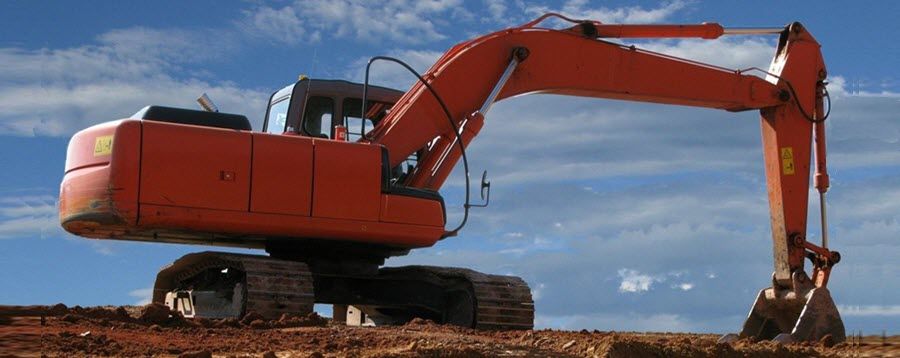
How to Create a Maintenance Schedule for Heavy Machinery

Heavy equipment is the backbone of the construction industry. It does all the heavy lifting, but as the old saying goes, the bigger they are, the harder they fall. If something breaks, it can be catastrophic. One of the easiest ways to prevent this devastating failure is to create a preventive maintenance schedule for your heavy machinery and stick to it.
Start with the Owner’s Manual
Owner’s manuals and manufacturer recommendations are the best sources for data to help teams build a maintenance schedule for their heavy equipment. These two resources provide a wealth of information on everything from oil change schedules to when belts and hoses should be replaced.
It’s easy to overlook these resources as something that only newbies or inexperienced construction workers need. However, business owners looking to build a maintenance plan should refer to these manuals at the start.
Require Routine Inspections
This might not seem like an important thing to consider when building a maintenance schedule for heavy equipment. Companies should already be conducting annual safety inspections, but OSHA also requires daily safety inspections. “At the beginning of each shift, all vehicles that will be used must be inspected to assure that they are in safe operating condition and free of apparent damage that could lead to an accident. All defects must be corrected before the vehicle is placed in service.” These daily inspections can also make an enormous difference when it comes to keeping machines running smoothly.
Most essential machinery is covered in paint or powder coatings that create a water- and rust-proof coating to prevent corrosion over time. However, that needs to be inspected frequently to ensure it continues protecting the equipment throughout its operating life. Operators should also be checking on machine performance to identify any issues before they escalate.
Prioritize Maintenance Over Deadlines
No one likes to take their equipment offline for maintenance, especially when deadlines are looming. Downtime is expensive, but when it’s scheduled for preventive care, it ends up being less costly.
Always make it a point to prioritize upkeep over deadlines. A delay due to maintenance is better than a deadline missed because an essential piece of equipment breaks down.
Track and Modify Schedules as Needed
Building a maintenance schedule doesn’t end with a checklist or a Google Calendar. It’s essential to track and modify these timelines as needed to ensure they are as efficient and effective as possible.
Supervisors should also adapt these basic maintenance schedules to each new piece of equipment. The maintenance that an excavator needs will differ from what a backhoe requires, and vice versa. Modifying the plan as needed allows companies to be adaptable and can make it easier to create a maintenance schedule they can stick to.
Invest in Preventive Algorithms
Technology is also making it easier to create a comprehensive maintenance schedule for construction equipment. Predictive algorithms allow companies to utilize the data they collect every day and turn it into something useful.
By studying things that have happened in the past, it’s even possible to predict when something might fail, basing it not on guesswork but on data.
Protect Your Fleet with Scheduled Maintenance
Maintenance and scheduling are key elements of operating a construction site, and creating a maintenance schedule for heavy machinery is a necessary first step. Successful business owners and operators will find a balance between meeting deadlines and protecting equipment so it is safe and reliable for the long run.
Construction Safety Resources:
- OSHA vehicle inspection checklist
- OSHA Standard 1926.601
- Construction equipment visibility diagrams
- Browse construction safety signs and labels
About the Author:
Evelyn Long is the editor-in-chief of Renovated, a web magazine for real estate and construction professionals.

